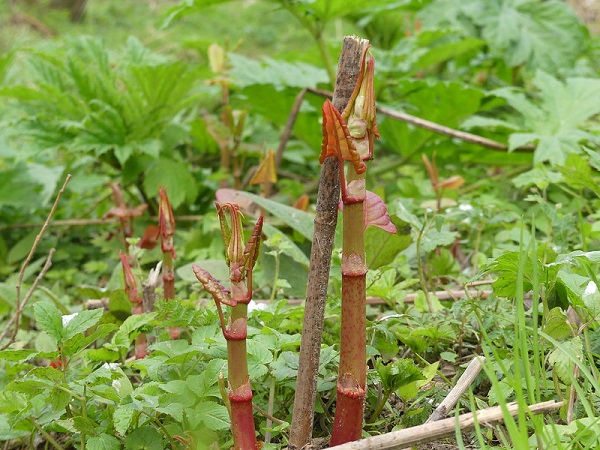
Japanese knotweed (Fallopia japonica) is a herbaceous perennial. What this means is that, at the end of every autumn, the plant dies down and its roots lie dormant throughout the winter. It regrows its shoots in spring and reaches peak growth in the summer months, when it can grow by as much as 10 centimetres per day!
This cycle means that knotweed looks completely different at different times of year, sometimes making it tricky to identify. It's March at time of writing, which means we're approaching that time of year when we can expect Japanese knotweed shoots to start popping up.
More...
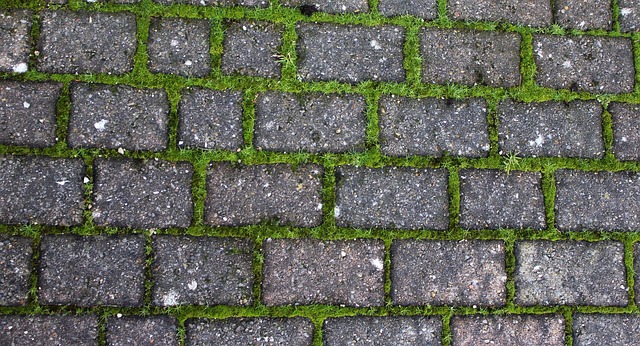
Moss is often seen as a pretty harmless plant, but it can actually cause damage to patios, driveways, and paths if left untreated for long periods of time.
Moss on your patio can grow in the spaces between tiles, lifting them up and even cracking them in some cases. When growing on grass, moss can suffocate the grass beneath it, slowly killing your lawn by depriving it of essential sunlight and nutrients.
More...
Japanese knotweed typically sprouts in April or May - yet in recent years, the plant has been visible in the UK from March or even February.
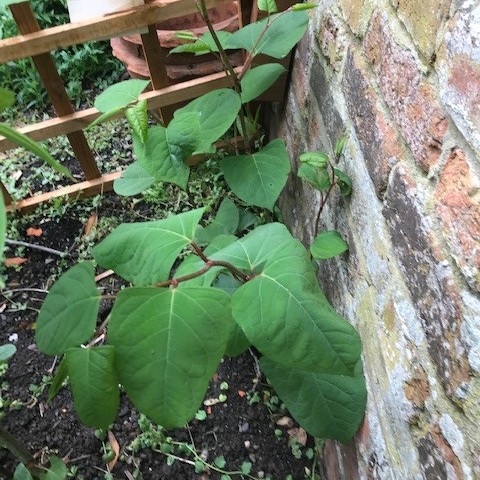
When does Japanese knotweed typically grow?
Japanese knotweed is what’s known as a 'herbaceous perennial'. This means that the plant dies down to the ground by the end of every autumn, but its roots survive underground during the winter season to send up new plant growth in spring the following year.
More...
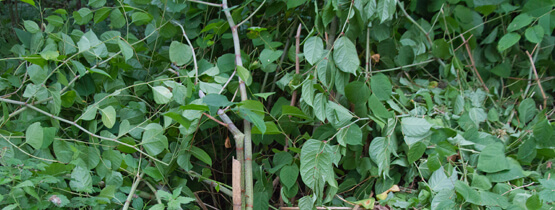
The UK has been through a lot recently when it comes to weather with storms Dudley and Eunice, and wouldn’t the cherry on top of the blustery cake be that, as well as flooding, the storms have brought Japanese Knotweed to your house?
Hopefully that isn’t the case, but poor weather like we’ve been having in the UK recently can actually encourage the spread of Japanese knotweed. Interested in finding out how? Keep reading!
More...
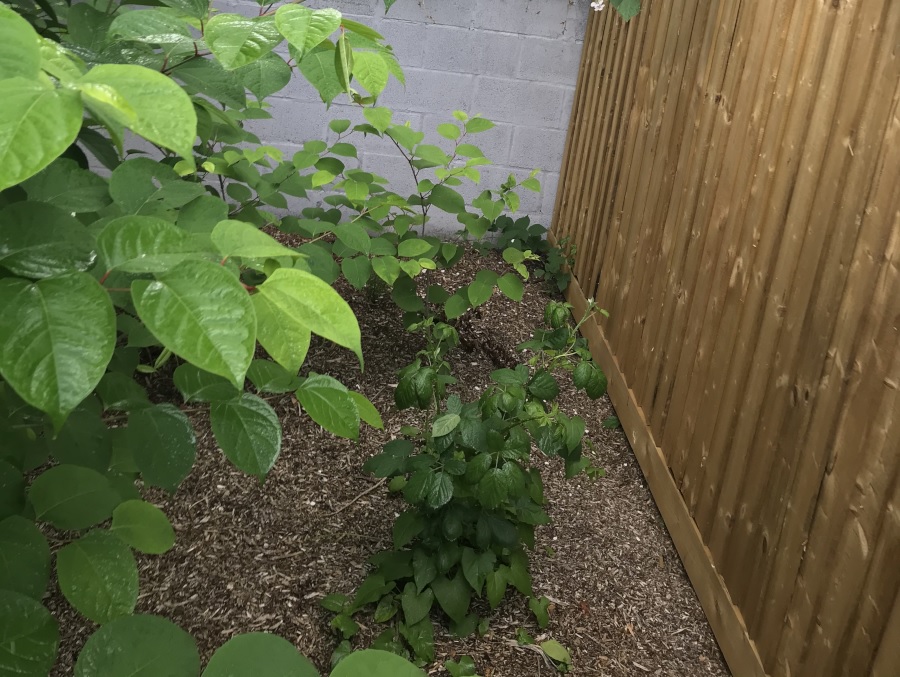
Japanese knotweed, also known as Fallopia japonica, is an infamous weed, and quite possibly a homeowner’s worse nightmare. It’s such a problematic species that planting it or encouraging its growth is an offence in the UK under the Wildlife and Countryside Act 1981.
If you couldn’t tell from the name, Japanese knotweed isn’t native to the UK. It was introduced to this part of the world during the Victorian era, supposedly for ornamental purposes. Since its introduction, it has blazed out of control, and is now one of the worst plants you’re likely to find on your property. But why exactly is Japanese knotweed so bad?
More...
